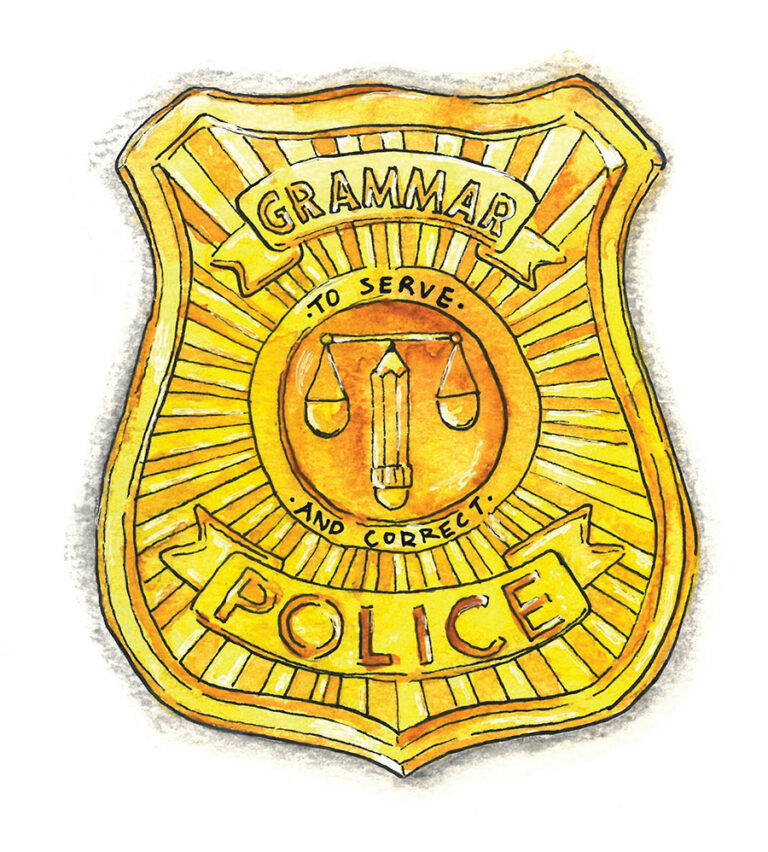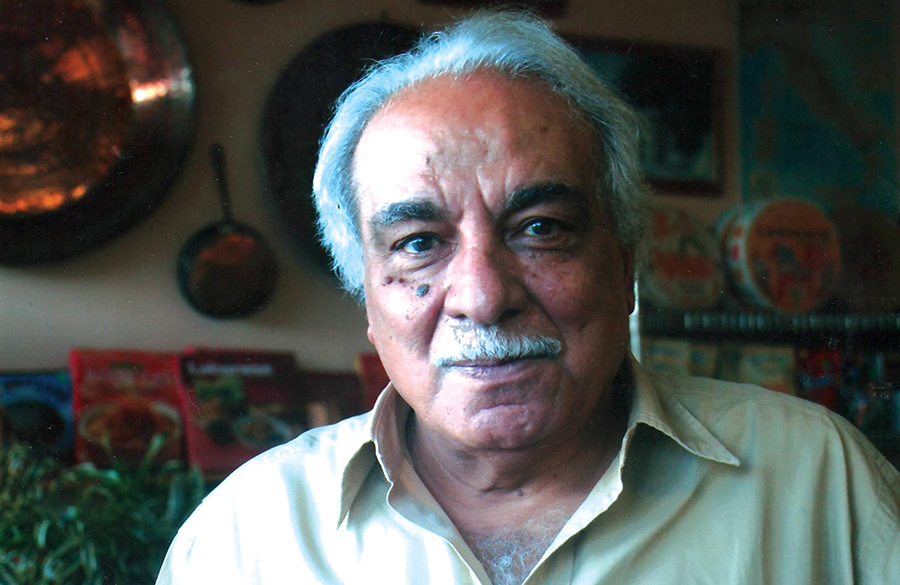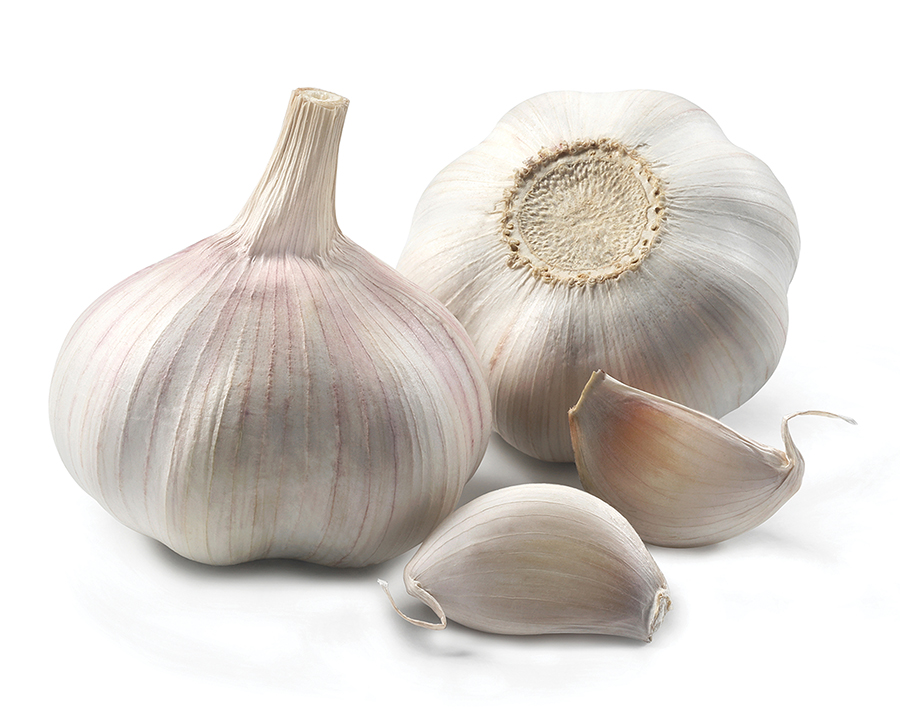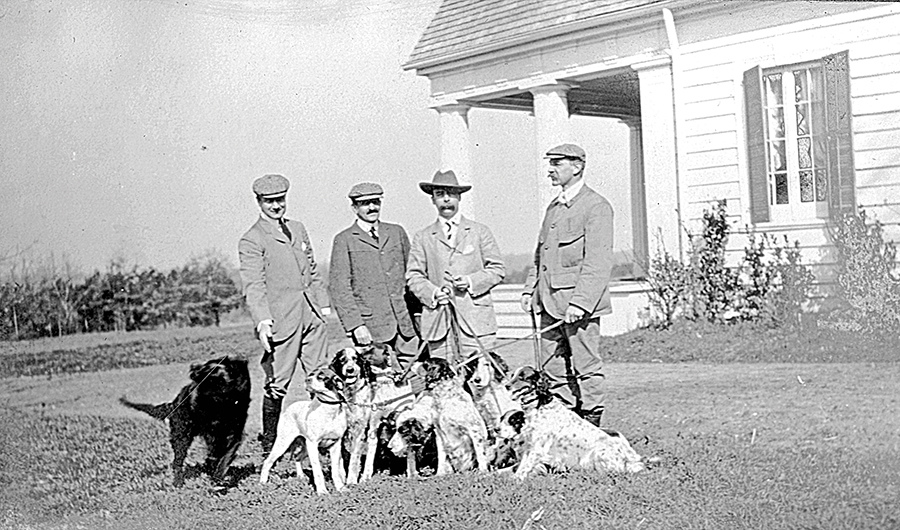Sazerac July 2024
Sazerac July 2024

What’s Cooking?
 It’s been 35 years since entrepreneur Morris Reaves launched his revolutionary drive-through restaurant concept, opening the very first Cook Out on Randleman Road, where the aroma of fresh grilled burgers still bellows from the chimney.
It’s been 35 years since entrepreneur Morris Reaves launched his revolutionary drive-through restaurant concept, opening the very first Cook Out on Randleman Road, where the aroma of fresh grilled burgers still bellows from the chimney.
Reaves got his start in the restaurant business as a short-order cook for Waffle House before becoming the youngest Wendy’s franchisee at the age of 20. In the 1970s, to obtain that franchise, Reaves appealed directly to Wendy’s founder Dave Thomas. Initially hesitant, Thomas remembered that, as a young man two decades earlier, Col. Harland Sanders had taken him under his wing (pun intended), granting him the Kentucky Fried Chicken lease that jumpstarted his career. (Among many other innovations he came up with, it was Thomas who convinced the Colonel to appear in KFC’s commercials.)
While he cooked up that original Cook Out concept in his home state of Florida, Reaves chose our fair city for the rollout in 1989. With expansion into 10 Southern states since then, 117 locations in North Carolina alone, you could cruise up to a different Cook Out menu board every day for a year and still not visit them all.
How does Cook Out compare with another beloved regional chain, the West Coast’s In-N-Out Burger? No contest. Because burgers and hot dogs aren’t the only lure. Cook Out not only has the best barbecue sandwich for my money, it’s also famous for offering N.C.’s own Cheerwine — on tap in states where the beverage isn’t distributed — along with something like 40 flavors of milkshakes including cappuccino, hot fudge, blueberry cheesecake, watermelon (in July and August only) and, had he lived to enjoy it, a Peanut Butter Banana shake that would surely have enticed Elvis to the nearest location. Morris Reaves and his son Jeremy, who serves as current CEO of Cook Out, are reportedly deeply spiritual Christians, so much so that every beverage cup comes imprinted with a Bible verse.
For such a sprawling enterprise, Cook Out is notoriously tight-lipped when it comes to press and publicity. Neither father nor son has ever granted even a cursory interview, nor does the company employ a spokesperson. The marketing department declines to answer the phone or return calls.
What’s next for the restaurant chain? We hope you’re sitting down for this: indoor seating, apparently. There’s already a Cook Out dining room in Kernersville and, rumor has it, the former Mrs. Winner’s on Summit Avenue will be our city’s first sit-down site.
— Billy Ingram
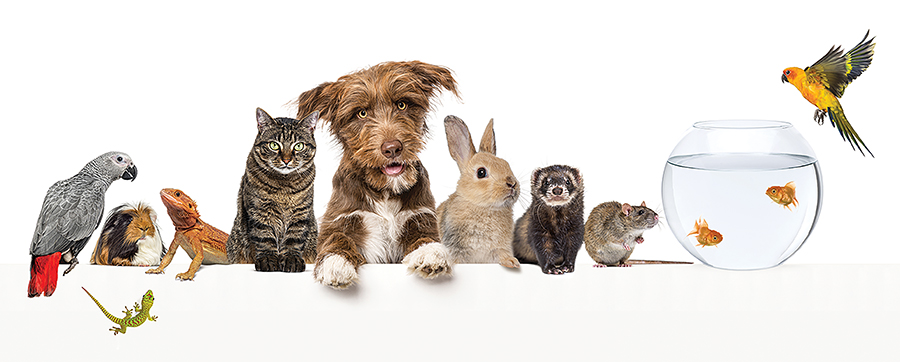
Strike a Paws: Pet Photo Contest
Does your cat’s expression say, “Mr. DeMeow, I’m ready for my claws-up?” Perhaps your Fido is especially photogenic. Or your Beta is fishing for its moment to shine. Whatever feathered, finned, furry — or even hairless — pet you call yours, take your best shot! From now through July 22, you can upload a photo of your beloved critter to our website’s contest page. Voting will open on July 16. But that’s only half the fun. Pet-loving O.Henry readers will be invited to vote on the finest photo, so make sure you beg friends and family to cast their ballots! The winner will fetch a $100 gift card from our contest sponsor, All Pets Considered; plus their photo will appear in our September issue. We’ll be printing several contenders as well, so — who knows? — your pet could be on their way to Sunset Boulevard after all. Visit ohenrymag.com/contests for details and to enter.
Window to the Past

Photographs © Carol W. Martin/Greensboro History Museum Collection
Where’s my TV dinner?
Unsolicited Advice
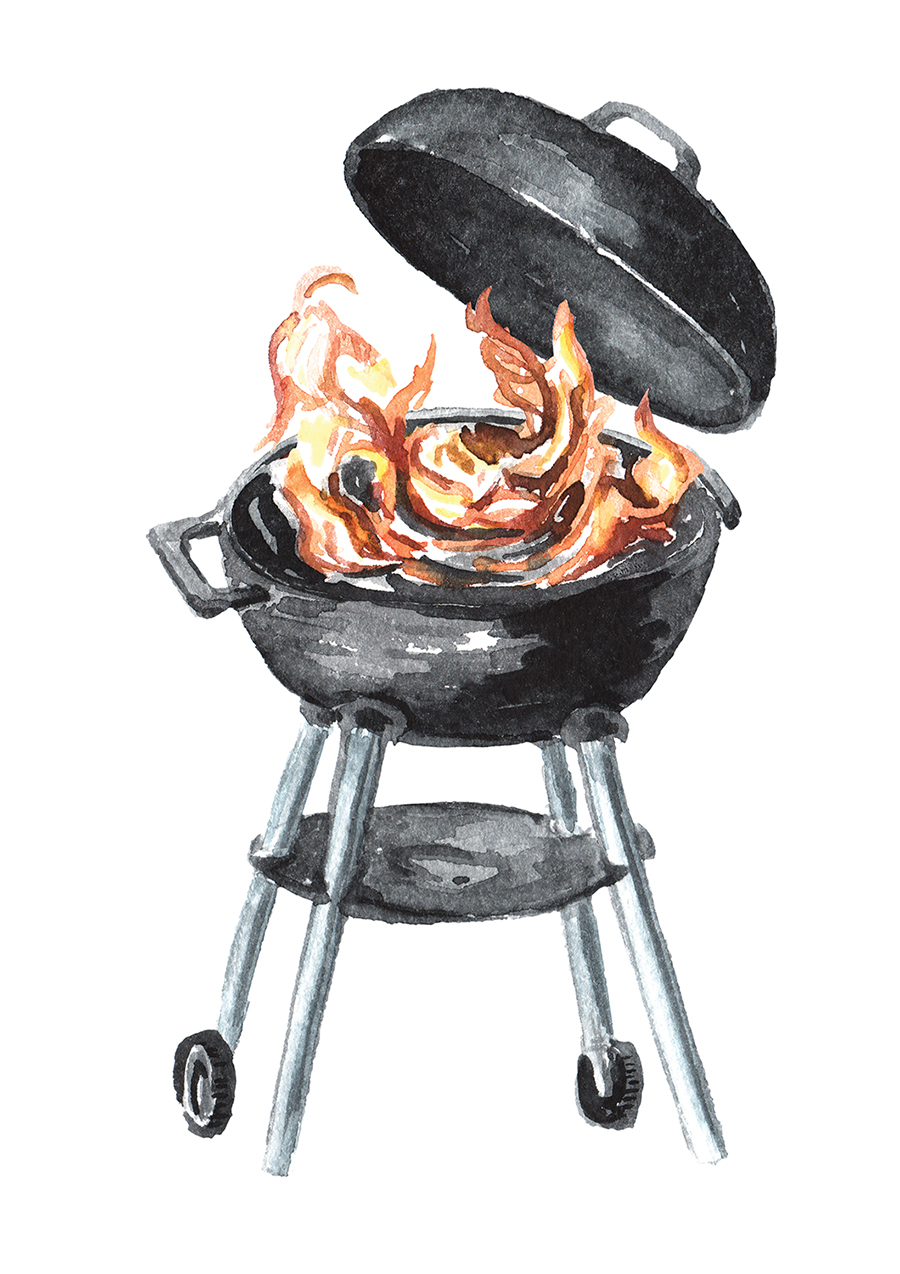 Backyard barbecue season is upon us and Dad’s raring to put some cheeseburgers on that new grill he just got for Father’s Day, along with his “This Guy Lights Our Fire” apron. But your daughter just announced she’s vegan and your son is lactose intolerant, so how about tossin’ some non-carnivorous alternatives to tube steak and juicy burgers? We’ve got some ideas that are sure to sizzle.
Backyard barbecue season is upon us and Dad’s raring to put some cheeseburgers on that new grill he just got for Father’s Day, along with his “This Guy Lights Our Fire” apron. But your daughter just announced she’s vegan and your son is lactose intolerant, so how about tossin’ some non-carnivorous alternatives to tube steak and juicy burgers? We’ve got some ideas that are sure to sizzle.
You heard it here in May from our resident Sage Gardener. Cabbage is having a moment. Cut it into slices, brush on EVOO and sprinkle it with seasonings. Might we recommend Montreal Steak Seasoning? It’s like lipstick on a pig, minus the pork. Note: discriminating vegetarians say, “All cabbages are not created equal. The freshest heads feel heavy and are compact for their size.”
A portobello mushroom cap fits perfectly inside a hamburger bun. Coincidence? We think not. And will it fill your porto-belly? We also think not. Unless that cap is stuffed with, say, plant-based sausage.
Looking for something you can put your satisfying, blackened grill mark on? Tofu. Its rubbery quality will simulate that overcooked steak Dad’s famous for. And the “hot” trend is to freeze it before grilling it? Cool, eh?
Lastly, grill your kids (but not in the way Jonathan Swift recommended). You’ve got questions. They’ve got answers they’re probably not as readily willing to share as they are to pass you that plate of charred cabbage.
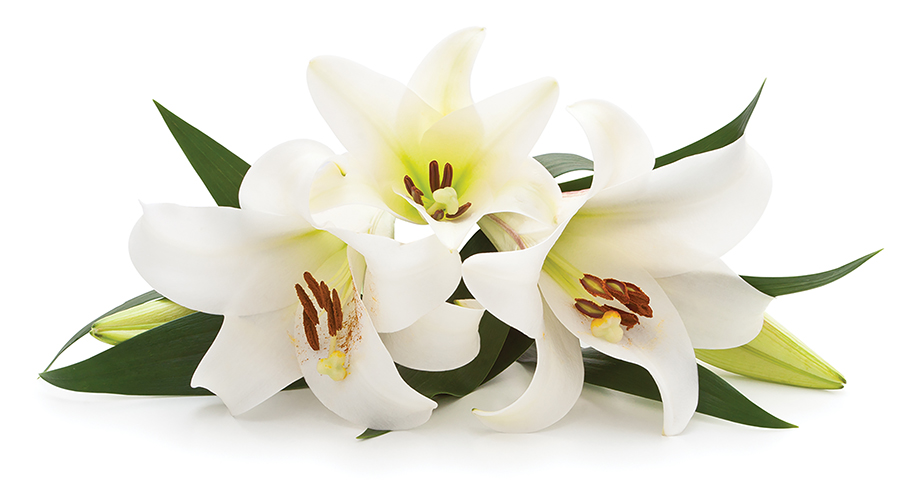
Sage Gardener
Best-selling American novelist Belva Plain once said, “Danger hides in beauty” — as in poinsettias, lenten roses, bleeding heart, larkspur and lantana — all stunningly beautiful and all poison.
And whoever said, “If danger comes from anywhere, then your eyes must look everywhere,” surely had a house full of children, pets — and plenty of plants.
C’mon. You’ve heard it before, but here’s a friendly reminder in this, our issue focusing on pets: Even an itty-bitty amount of an ingested lily plant — any part, the stem, flower, leaf — can trash a kitty’s kidney. Your furry friend munching on one or two sago palm seeds can suffer vomiting, seizures and liver failure. Azaleas and rhododendrons, if snacked on, can lead to coma and death from cardiovascular collapse. The ASPCA’s got a top-17 DON’T-EVEN-THINK-ABOUT-IT list (www.aspcapro.org/resource/17-plants-poisionous-pets). Still, the association’s Animal Control Center ended up assisting more than 400,000 animals in distress in 2022, up from 2021. And it’s not just plants. The top-10 toxins include recreational drugs, OTC meds and, yes, chocolate: https://www.aspca.org/sites/default/files/top_10_toxins_2022.png (who leaves chocolate lying about?).
And please. Keep your children from eating berries from the holly, yew, jack-in-the-pulpit, juniper and pokeweed plants, as tempting as they may look. And no castor beans. (The horrifying poison ricin is made out of castor beans.)
“Away! Thou’rt poison to my blood,” said Will Shakespeare. So before you go hog-wild with houseplants or that garden extension this summer, remember what happened to Romeo and Juliet. Go wisely.
— David Claude Bailey






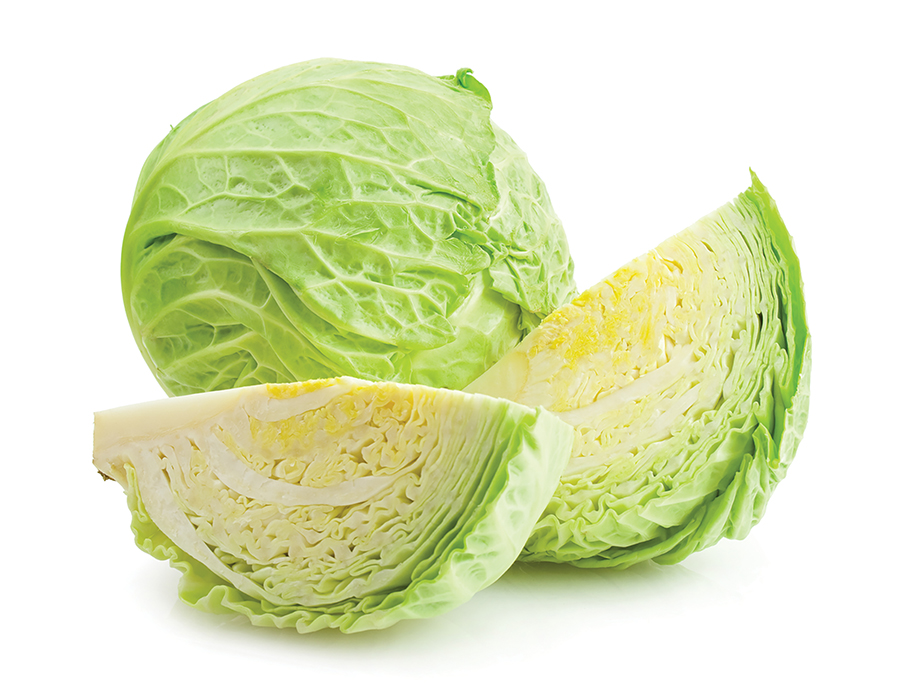
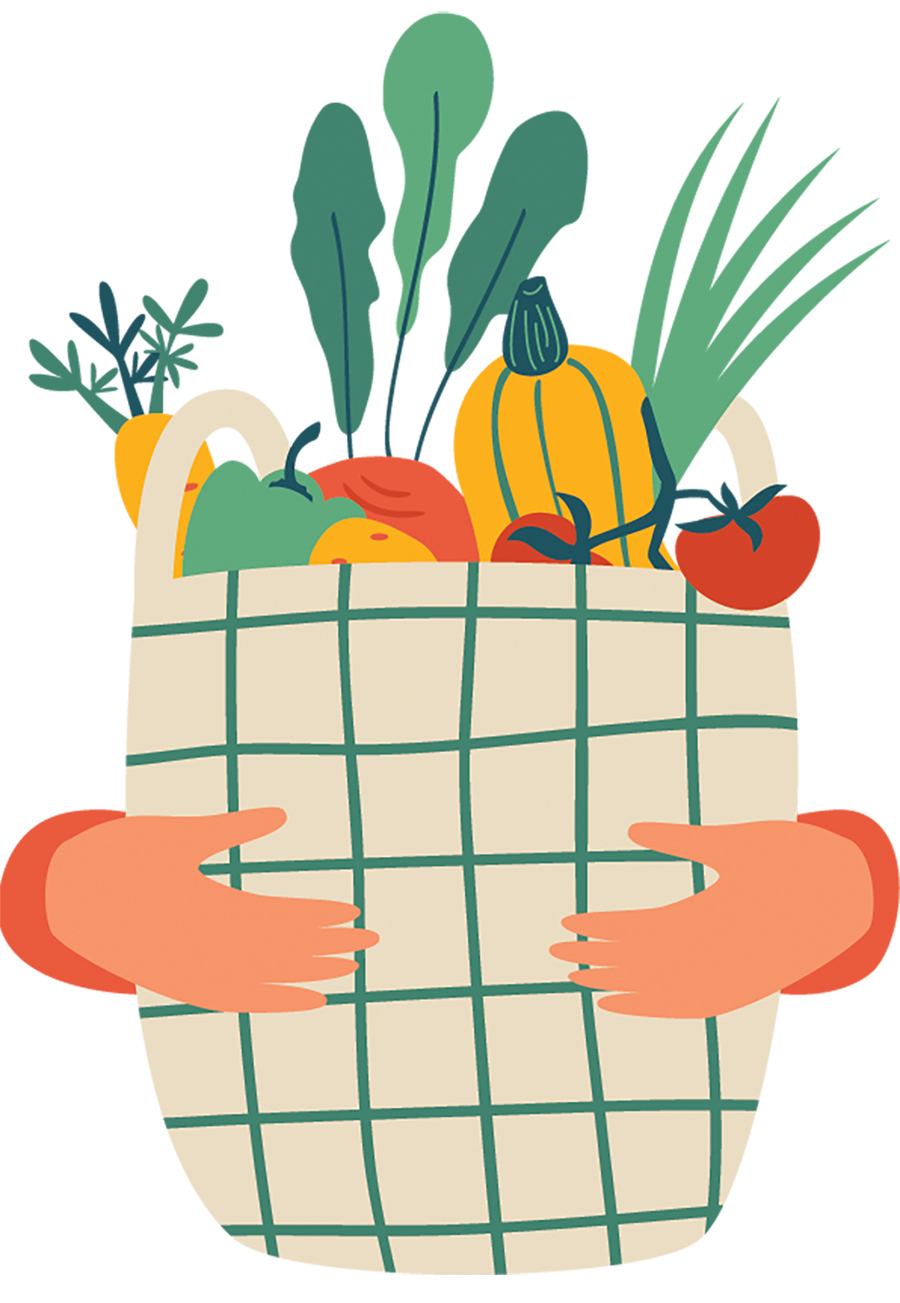



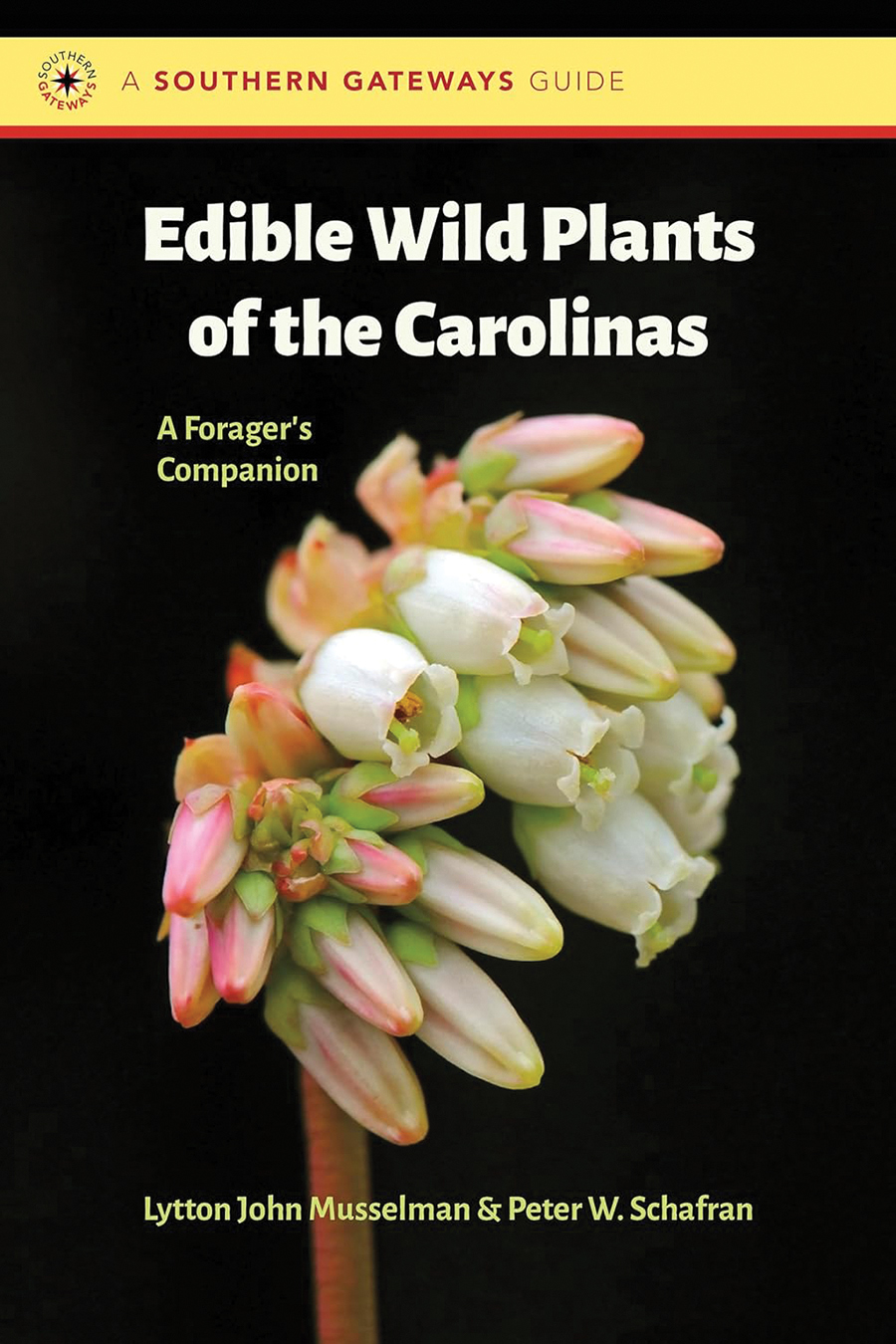

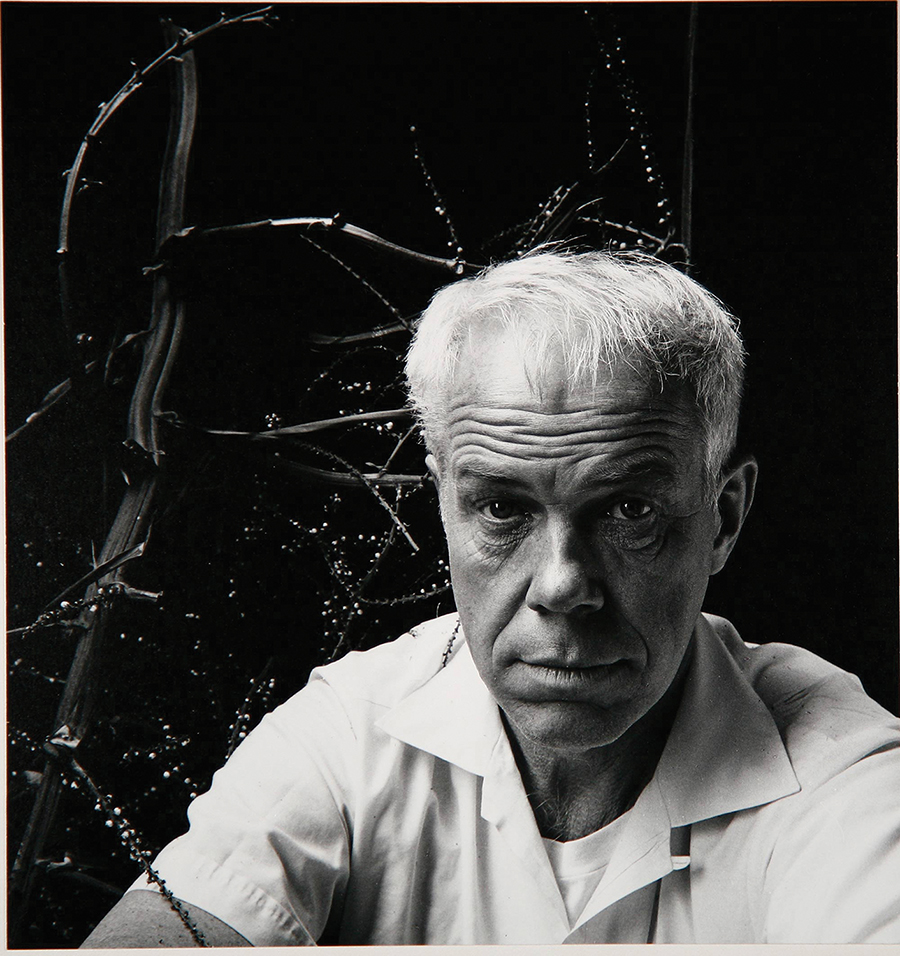

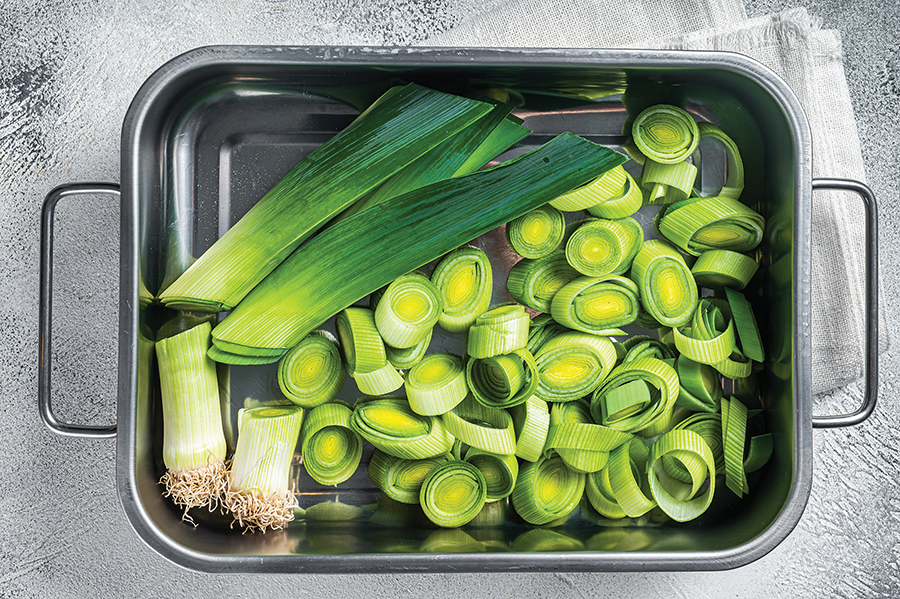


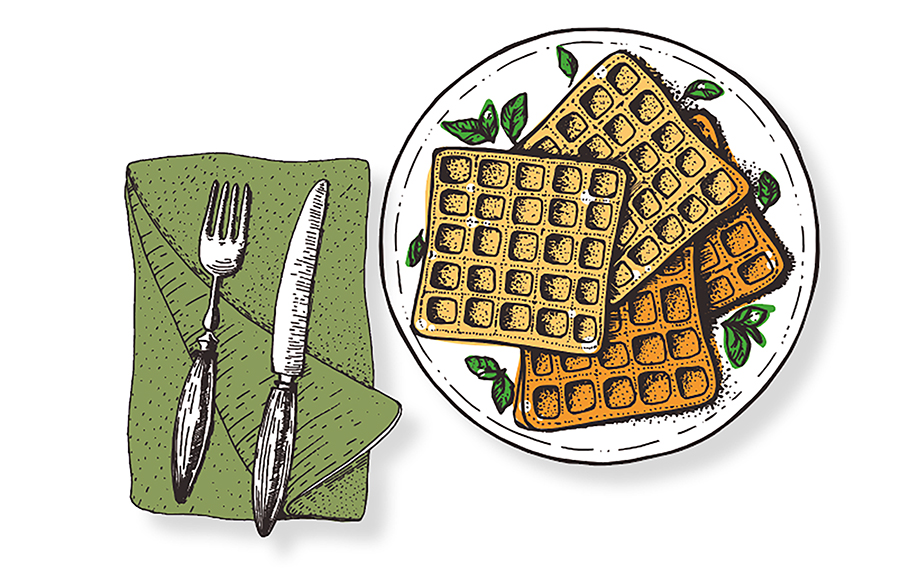
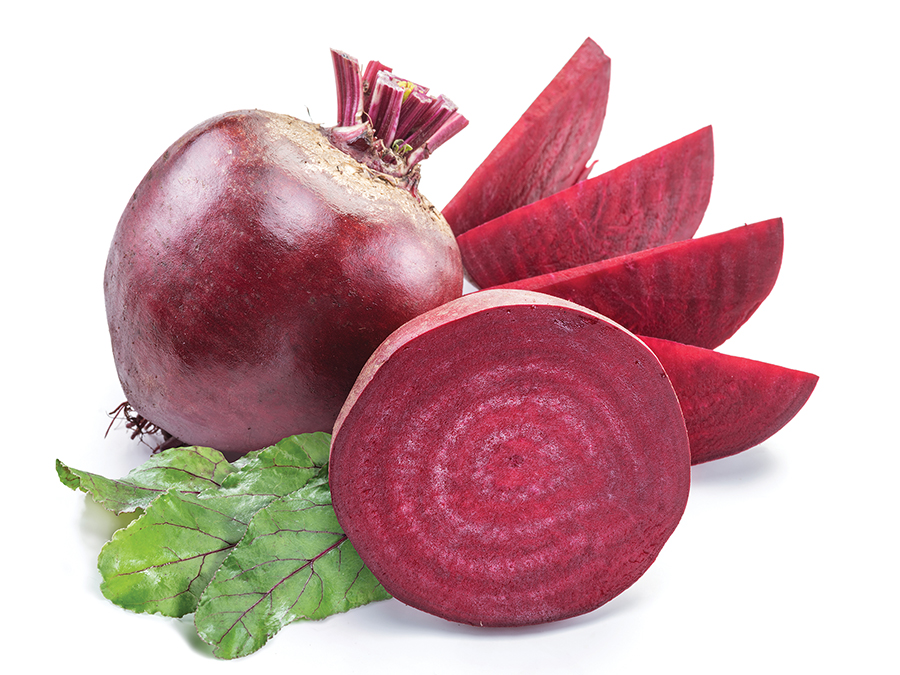
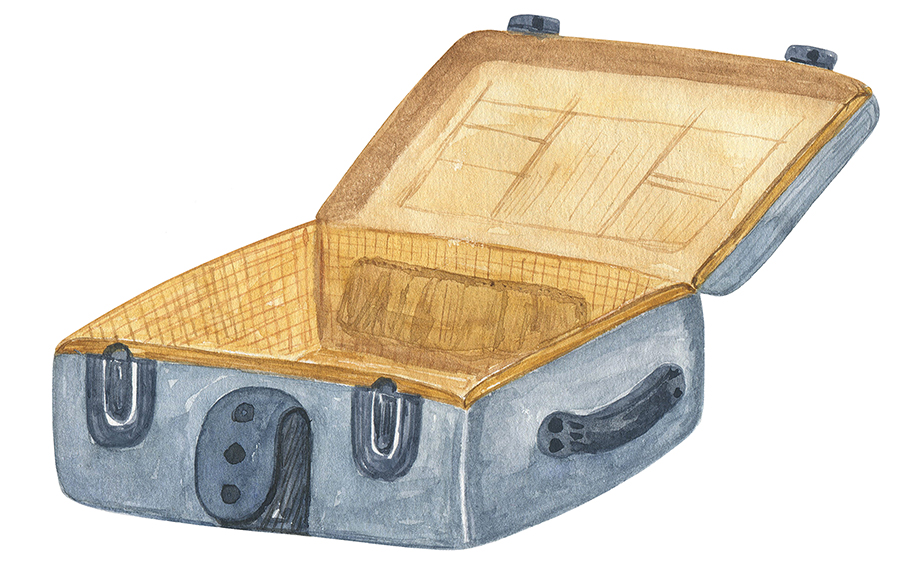
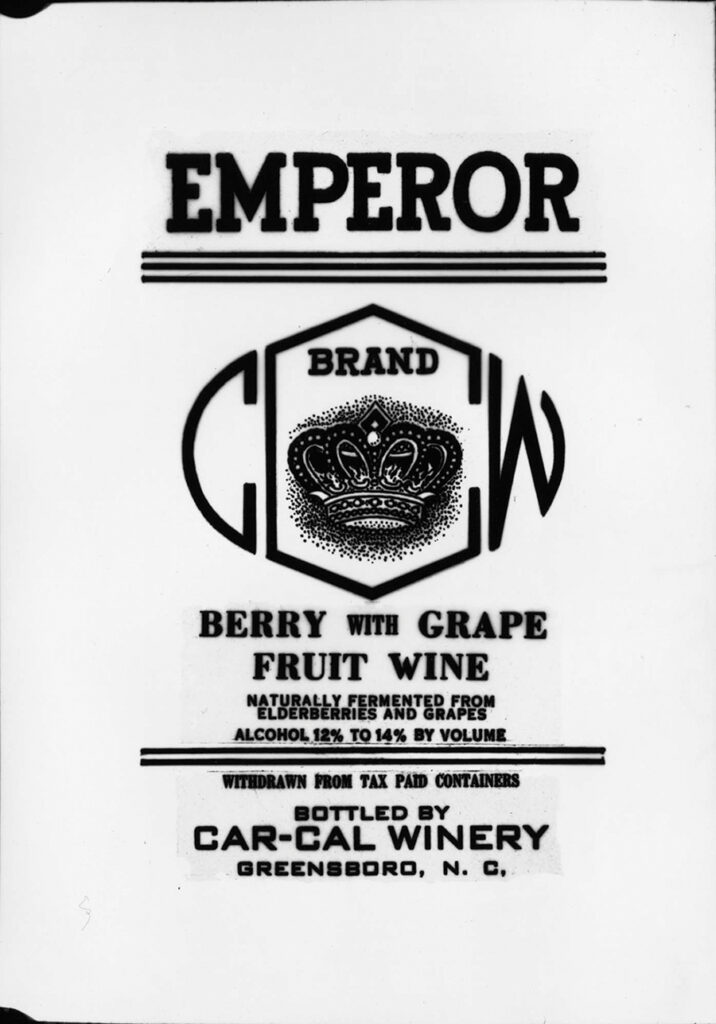


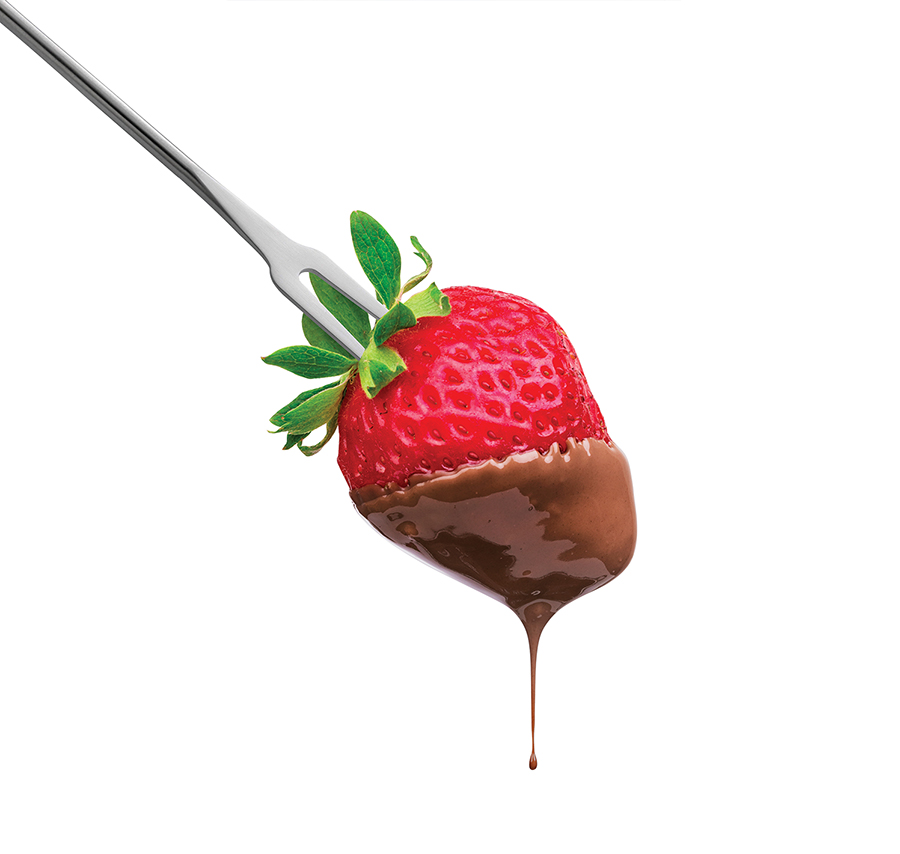
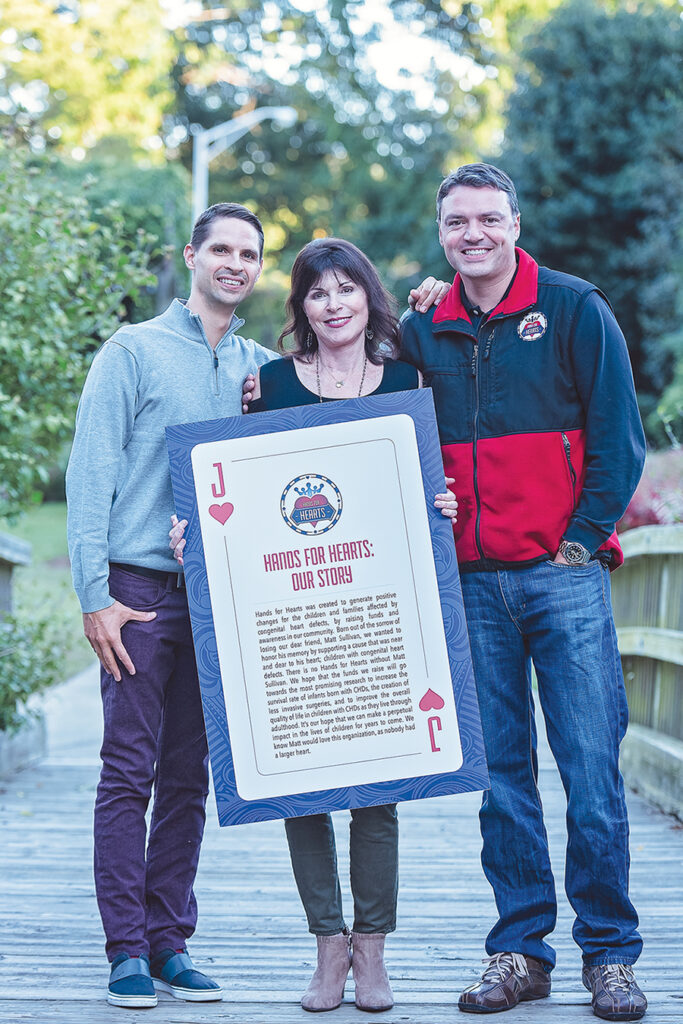



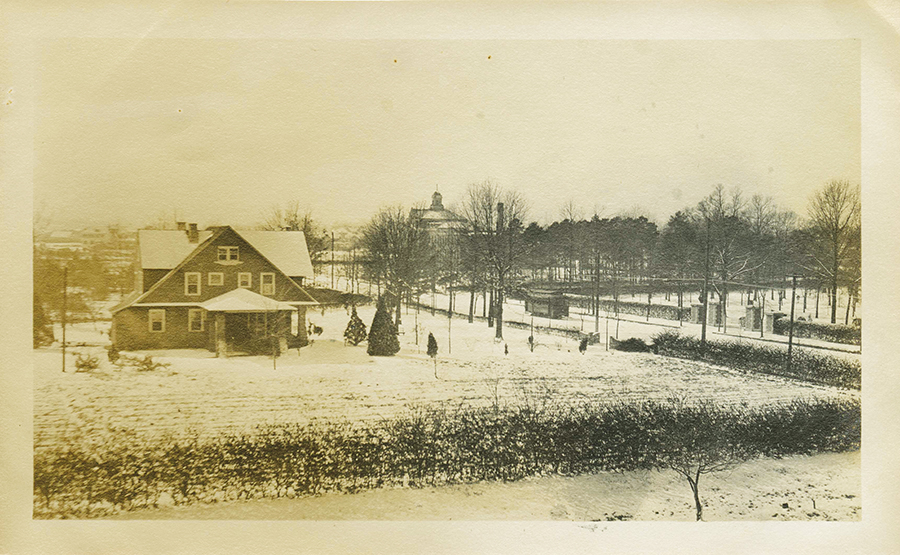
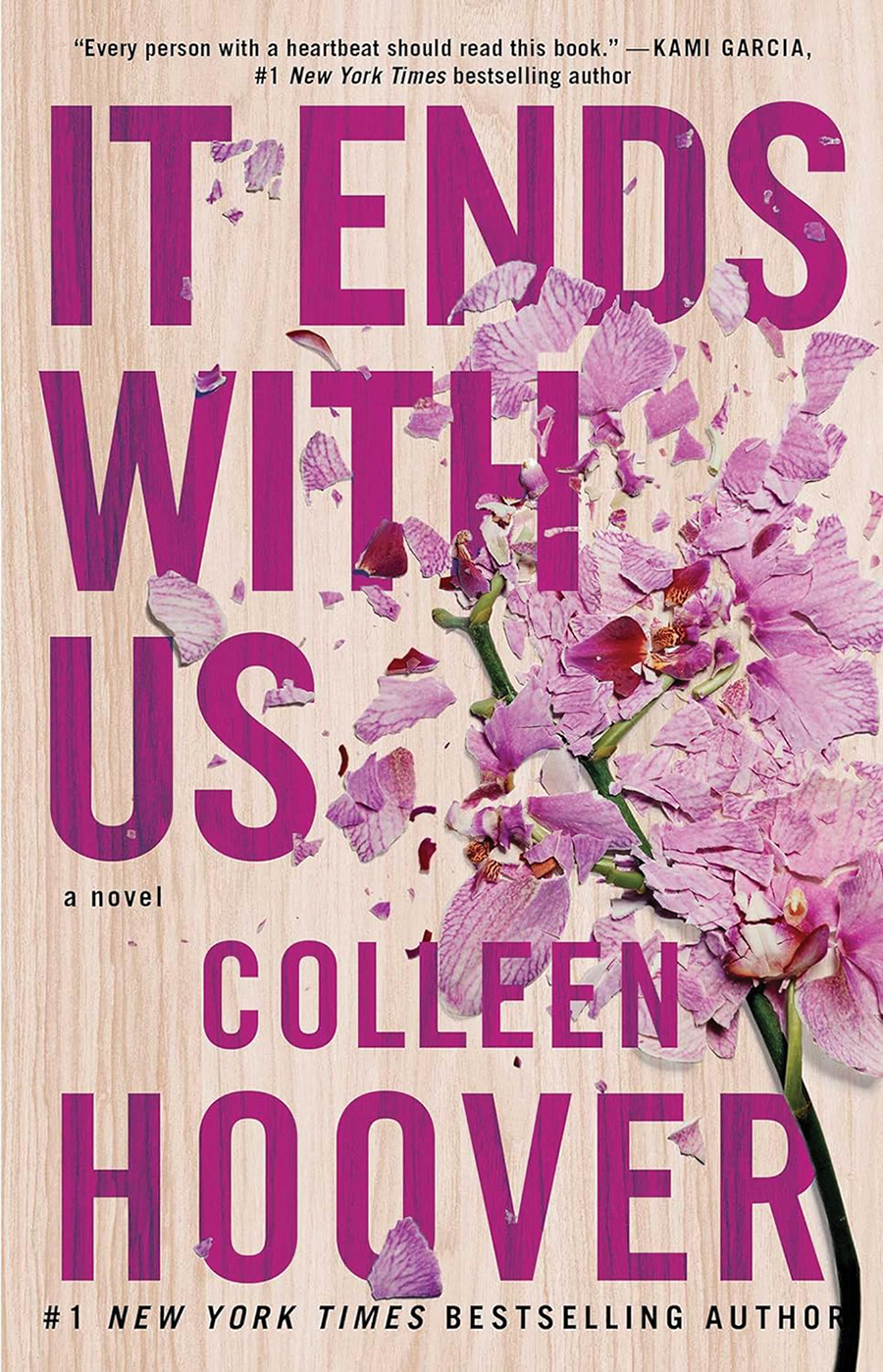
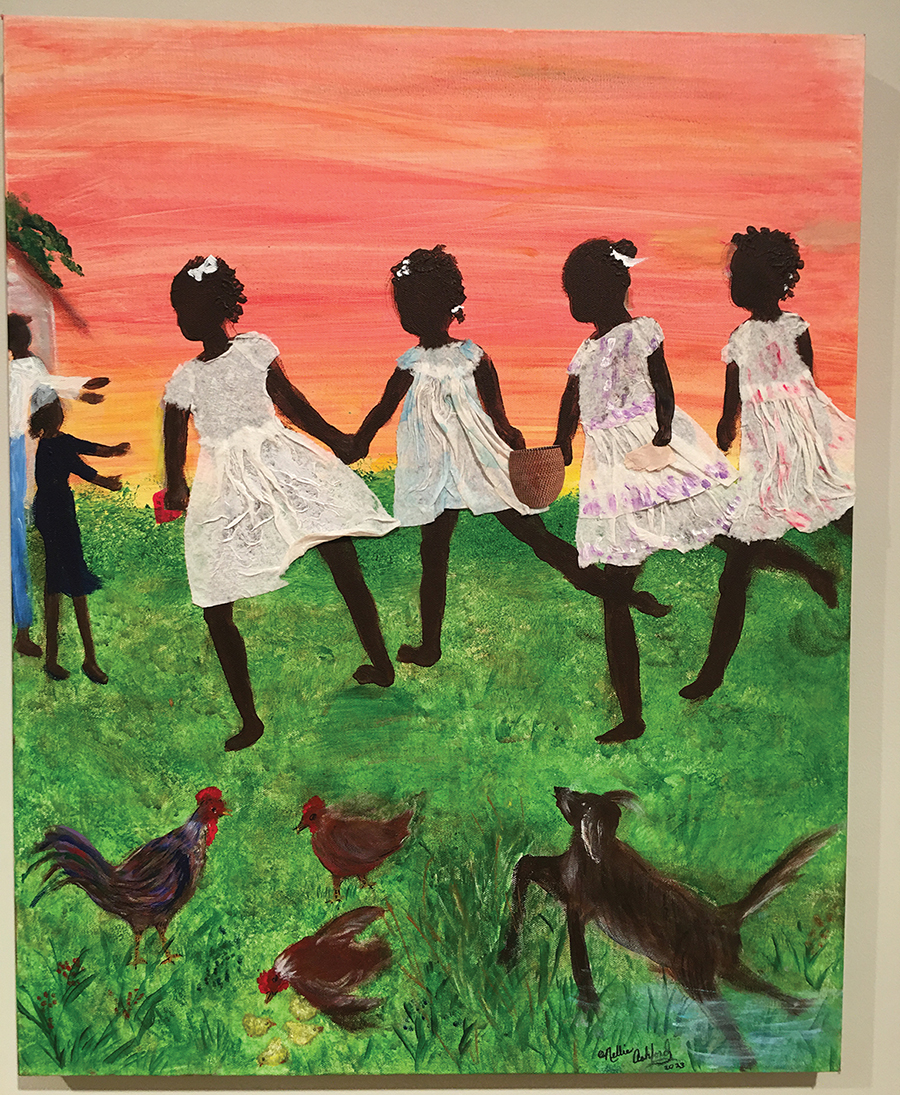
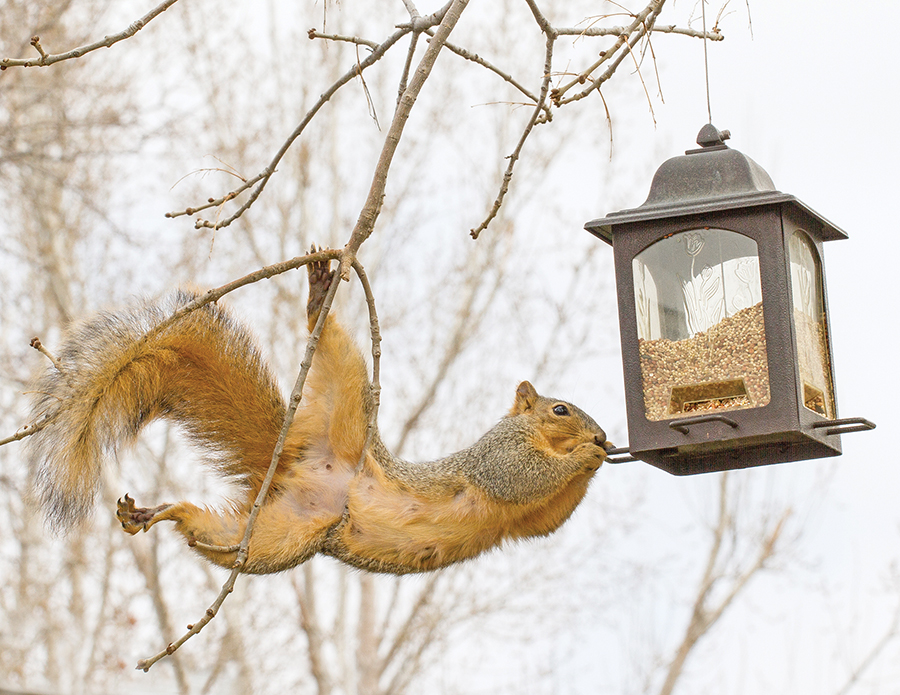




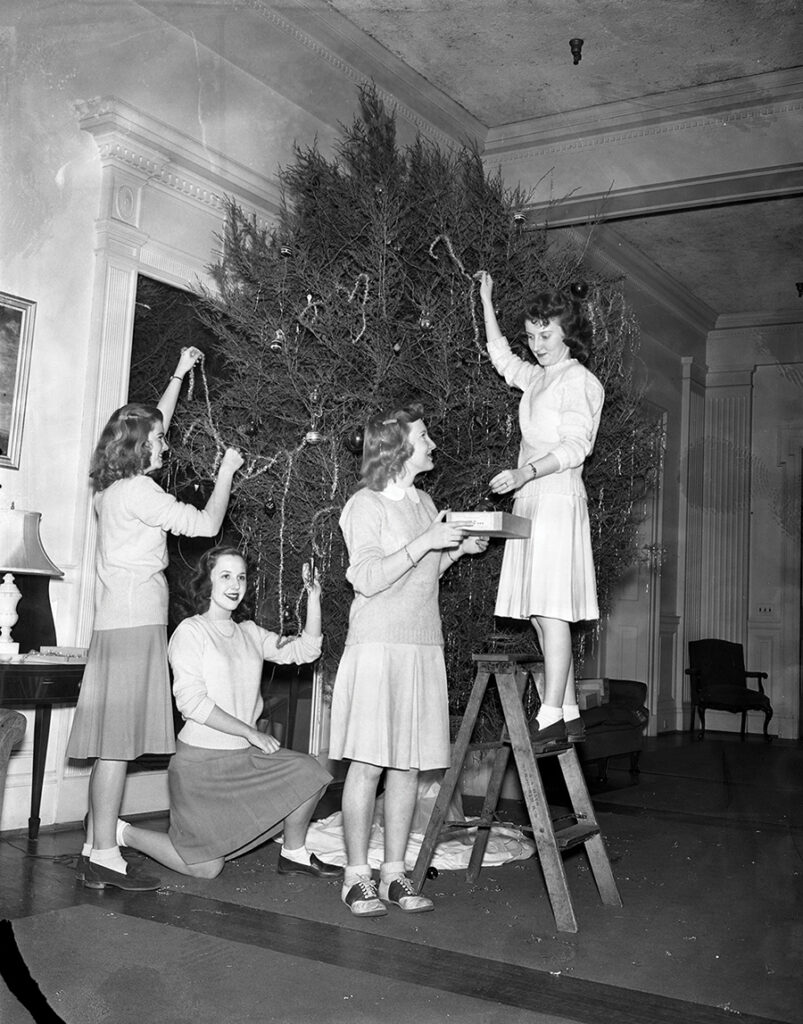
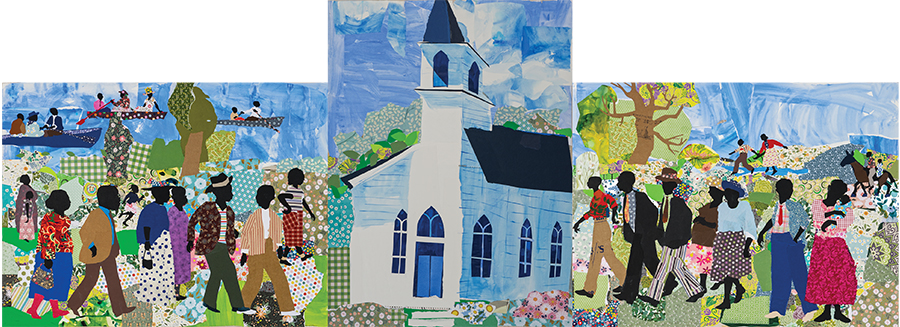



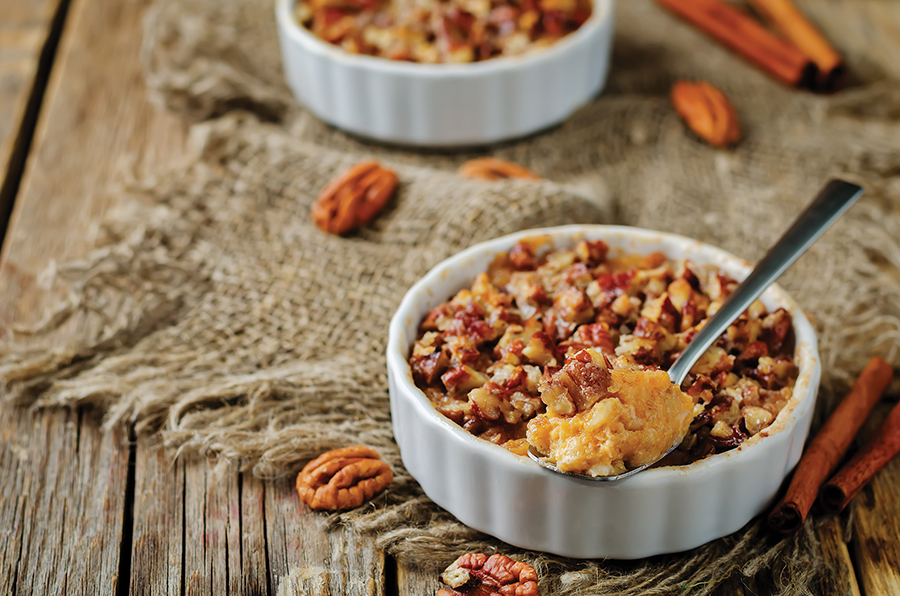


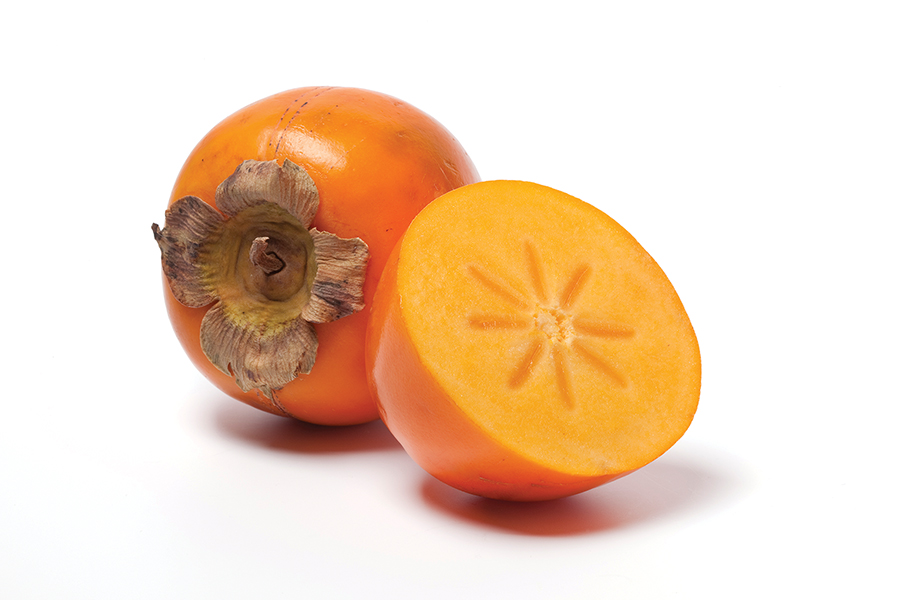 For decades, Betty, my sister, and I have scouted out persimmon trees just before Thanksgiving. After carefully removing the fruit’s orangey, pulpy mass from the ground and separating out the leaves, twigs and dirt, we cook up some persimmon pudding for the big holiday feast. I’ve always used my late mother’s recipe, distinguished by sweet potatoes, corn meal, pecans and nutmeg with no other spices. I wondered aloud to Betty whether she uses the same recipe.
For decades, Betty, my sister, and I have scouted out persimmon trees just before Thanksgiving. After carefully removing the fruit’s orangey, pulpy mass from the ground and separating out the leaves, twigs and dirt, we cook up some persimmon pudding for the big holiday feast. I’ve always used my late mother’s recipe, distinguished by sweet potatoes, corn meal, pecans and nutmeg with no other spices. I wondered aloud to Betty whether she uses the same recipe.

